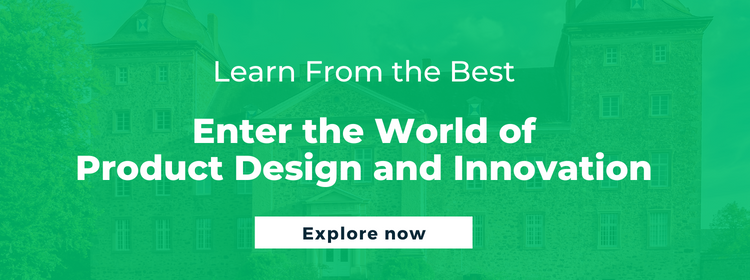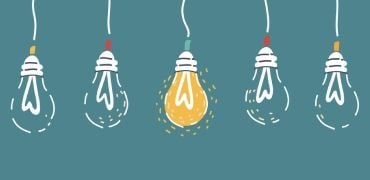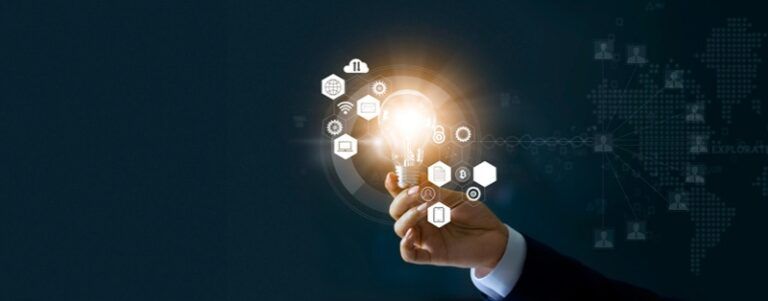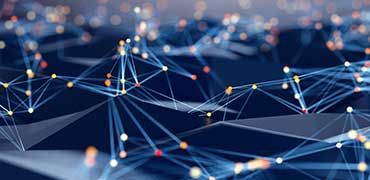What Does a Product Designer Do? A Comprehensive Guide for 2023

- What Skills do Product Designers Need?
- Where do Product Designers Work?
- What Does a Product Designer do on a Daily Basis?
- Product Designer vs UX Designer
- How do You Become a Product Designer
- What is a Product Designer’s Salary?
- Is Product Design a Good Career?
- Follow Famous Product Designers
- Learn with Emeritus
Product design is a critical factor in the success and failure of any product in the market. It attracts customers, creates a unique user experience, and gives a competitive advantage to a brand. Given the crucial role of product design, product designers are at the forefront of driving organizational success. If you’re wondering what does a product designer do exactly, here’s a complete guide on everything you need to know about a career in product design.
ALSO READ: What is Product Design and is it a Good Career Choice?
What Skills do Product Designers Need?
Product designers are responsible for designing and developing new products as well as improving existing ones. They need to possess a combination of technical, creative, and problem-solving skills such as:
- Interaction and user interface (UI) design
- Visual design
- User experience (UX) design, including wireframing and prototyping
- User research and testing
- Creativity
- Leadership and teamwork
- Attention to detail
- Problem-solving
- Communication
- Empathy
- Decision-making and accountability
- Project management
Before we look at what does a product designer do, let’s take a look at the field they are engaged in:
Where do Product Designers Work?
The work environment of a product designer can vary depending on the company, industry, and specific job. These professionals can work in a variety of industries, such as technology (designing software, mobile apps, and websites), consumer goods (designing furniture, appliances, etc), and industrial design (designing vehicles, machinery, and medical equipment). Product designers can also be part of startups and work as independent consultants, providing design services to clients in different industries.
Product Designer Requirements
The educational requirements for product designers, much like their work environment, vary depending on their role or industry. Most product designers have a bachelor’s or master’s degree. These could be in fields such as marketing, graphic design, industrial design, product design, or mechanical engineering. However, while a formal education is important, it’s not the only requirement to become a product designer. Beyond academics, product designers should have a strong design portfolio and excellent skills to succeed in the field. What’s also important is relevant experience in whichever industry they choose to work.
What Does a Product Designer do on a Daily Basis?
While the specifics may differ depending on the industry, there are some general responsibilities that encompass what does a product designer do as part of a daily routine. These include:
- Conducting user research—surveys and usability testing—to understand the needs and wants of the target users
- Collaborating with other teams to ensure that the final product meets the necessary requirements
- Reviewing and refining designs based on feedback
- Building functional prototypes of the product for testing
- Researching the latest design trends and technologies to create innovative products
- Managing the end-to-end design process and ensuring that the product is delivered on time and within budget
- Continuously evaluating the product and its performance to ensure that the product meets customer needs, and make updates whenever necessary
Product Designer vs UX Designer
Product and UX designers work together to create products that are both functional and user-friendly. Their field of expertise, however, differs in a few key ways. Product designers, for instance, are responsible for creating the physical or digital product and are tasked with its overall design and development. They work with various teams such as UX and visual designers, engineers, marketers, business teams, and other stakeholders to ensure that the final product meets the company’s goals and user requirements.
UX designers, on the other hand, are design-focused and responsible for designing the user flow, UI, and overall user experience. UX designers work with researchers and developers to understand the consumer and create a user-friendly product. They leverage methods such as user research and usability testing to improve the user experience.
How do You Become a Product Designer
So far, we have addressed what does a product designer do, their skills, and how they are different from UX designers. Here are a few essential steps that you need to traverse in order to become a product designer:
Step 1. Get the Education You Need
While different industries and organizations will require different educational qualifications, most product designers have a degree in fields such as industrial design, product design, or mechanical engineering. You can also consider taking additional certifications to prove your product designing skills.
Step 2. Gain Hands-on Experience and Skills
Get hands-on experience by interning or freelancing. It is a great way to boost your skills and enhance your knowledge of the field.
Step 3. Consider Online Courses
If you are looking to master your skills, consider taking online courses. They are a great way to enhance your skills and obtain the required credentials. For a start, Emeritus has a variety of product design and innovation courses that you can explore.
Step 4. Connect with Others in the Industry
Consider connecting with others in the field to enhance your knowledge of the field. Networking can allow you to stay updated, seek advice, share projects, and resolve queries.
Step 5. Ask Someone to Mentor You
A good mentor can make a significant impact on your career. Look for an expert in the field who can give you valuable inputs on your skills, knowledge, and career.
Step 6. Build a Portfolio
Building a portfolio is very important to gain excellent opportunities. As you advance your skills and knowledge, start creating a portfolio that showcases your work.
Step 7. Apply for Entry-Level Jobs
Create a resume and portfolio highlighting your skills and certifications, and apply for entry-level jobs to build your experience and profile.
ALSO READ: How to Become a Product Designer in 2022: Solve Problems With Design
What is a Product Designer’s Salary?
According to Glassdoor, here is what a product designer earns on average, location-wise:
| Location | Average Salary |
| U.S. | $108,272 |
| U.K. | $63,891 |
| France | $48,788 |
| Australia | $69,800 |
Is Product Design a Good Career?
Since we now know what a product designer do—and the earning potential of such a career—it’s safe to say that product design can be a great choice for individuals who like designing and developing new products and have a combination of technical, creative, and problem-solving skills. As a product designer, you get the opportunity to work across industries on a variety of products—from digital creations to furniture design. Product designing is a high-pressure and deadline-driven field; however, if you enjoy creativity and challenges, it can be a highly rewarding career opportunity with excellent earning and growth opportunities.
ALSO READ: What is Design Thinking? How Important is it for Success?
Follow Famous Product Designers
Jonathan Ive
Jonathan Ive, the former chief design officer of Apple, is one of the most famous product designers of all time. He is responsible for designing some of Apple’s most iconic products such as the iMac, MacBook, iPhone, iPod, and iPad.
Karim Rashid
Karim Rashid is a Canadian product designer and interior designer known for his work in areas such as furniture, lighting, surface design, interior design, fashion, and brand identity. Some of his product designs include Umbra Oh chairs, Kenzo perfume bottles, Giorgio Armani’s concept store, and Umbra Garbo trash cans.
Learn with Emeritus
Now that the what does a product designer do question has been tackled, and if product designing has sparked your interest, explore opportunities to upskill with these product design and innovation courses offered by Emeritus.
By Krati Joshi
Write to us at content@emeritus.org
















